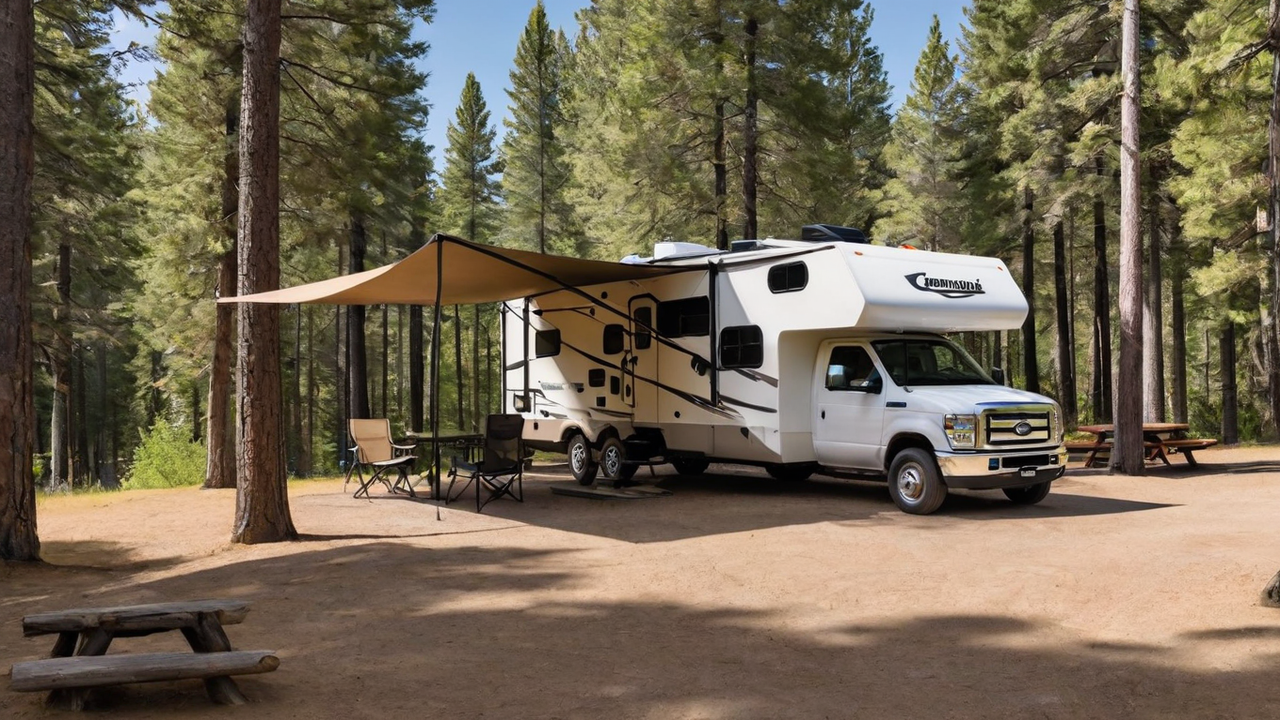Creating the Optimal User's Interface: Design Guidelines for Campground Software
Creating the Optimal User's Interface: Design Guidelines for Campground Software
Blog Article

Comprehending Your Users
Understanding who the target users is vital in creating an effective user's interface. It is important to take into account the necessities, preferences, and technology savviness. Such knowledge guides every design choice, ensuring that your program becomes user-friendly and easy to use.
Understanding your users also implies recognizing the obstacles and how they intend to use your campground software. It enables the designers to tailor functions and functionalities that address specific needs, therefore making the application not only useful but also essential.
Simplifying the Navigation System
Simplifying your navigation is a critical component of user interface designing. A straightforward navigation structure guarantees users can quickly locate what they're looking for, cutting down frustration and improving satisfaction levels. It's about the user journey through the software as smooth and effortless as possible.
Additionally, effective navigation leads visitors through your software, showcasing functions and tools that they might otherwise would overlook. Such an approach not only improves user experience but also encourages deeper interaction with the campground software full array of capabilities.
Integrating Premium Visuals
Graphics have a crucial part in making a engaging user interface. Visuals help in breaking monotony and can demonstrate features more clearly than words alone. Selecting the appropriate images, icons, and color schemes can boost the look of your software, thereby making it more visually appealing to the users.
Additionally, visual consistency is essential for building brand identity and trustworthiness among users. Every component should be in sync with your brand's ethos and the overall message of the application, resulting in a seamless user experience that is both polished and welcoming.
Enhancing the Responsiveness
In the current digital world, people demand campground software to be fully responsive on every devices, from desktops to mobile phones. An adaptive design guarantees that no matter of the device size, your application delivers an optimal user experience. It not only improves accessibility but also caters directly to your users’ mobile lifestyle.
Furthermore, improving your software’s responsiveness can lead in improved speed, minimizing load times and preventing user frustration. Visitors value a fast and efficient interaction when using camping software, making performance a crucial component in user satisfaction.
Optimizing the Search
Locating info efficiently is key in any software, particularly in campground software systems. Enhancing the search functionality enables visitors to effortlessly discover what they're looking for, which improves their satisfaction and productivity. Through smart search capabilities, you reduce the frustration and improve general satisfaction.
Furthermore, advanced search options like filters and tagging can assist in narrowing down search results, making it search process even efficient. Implementing these features shows an understanding of your user’s needs and an effort to enhancing the user’s experience with the campground software as smooth and productive as possible.
Prioritizing Security
Protecting user information must be non-negotiable when coming to developing campground programs. Your users expect to feel safe when entering their personal information. Ensuring strong security protocols not only secures their information but likewise builds a sense of trust between your customer and your company.
In addition to standard protections like strong passwords and data encryption, it's important to consider adding advanced security measures such as two-factor authentication or biometric verification. These features provide an extra layer of security, ensuring that user data is kept safe from unauthorized access.
Leveraging Feedback
Listening to feedback is crucial for continuous enhancement of the campground software. It allows developers to grasp what works, what doesn’t, and how the software can be improved to meet user needs. This feedback creates a sense of community between the customers and your development team, which makes them feel like they are actively a part of your software’s evolution.
Taking feedback wisely can lead in significant improvements in user interface design and overall UX. Making changes based on user input proves that your company cares about its users and is committed to providing a high-quality product.
Keeping the Simplicity
In the realm of UI design, the principle of simplicity is golden. A overly complicated interface can confuse the users, resulting in an unpleasant user experience. Simplicity, on the hand, makes your software more intuitive and user-friendly. It promotes more user engagement and satisfaction.
Furthermore, maintaining the simplicity should also apply to your content and features. Avoid unnecessary functions that do not contribute value can ensure that the UI remains uncluttered and focused on the essential requirements of the end-users. campground property management software By, you design a more streamlined and effective user experience that resonates with your audience.
Report this page